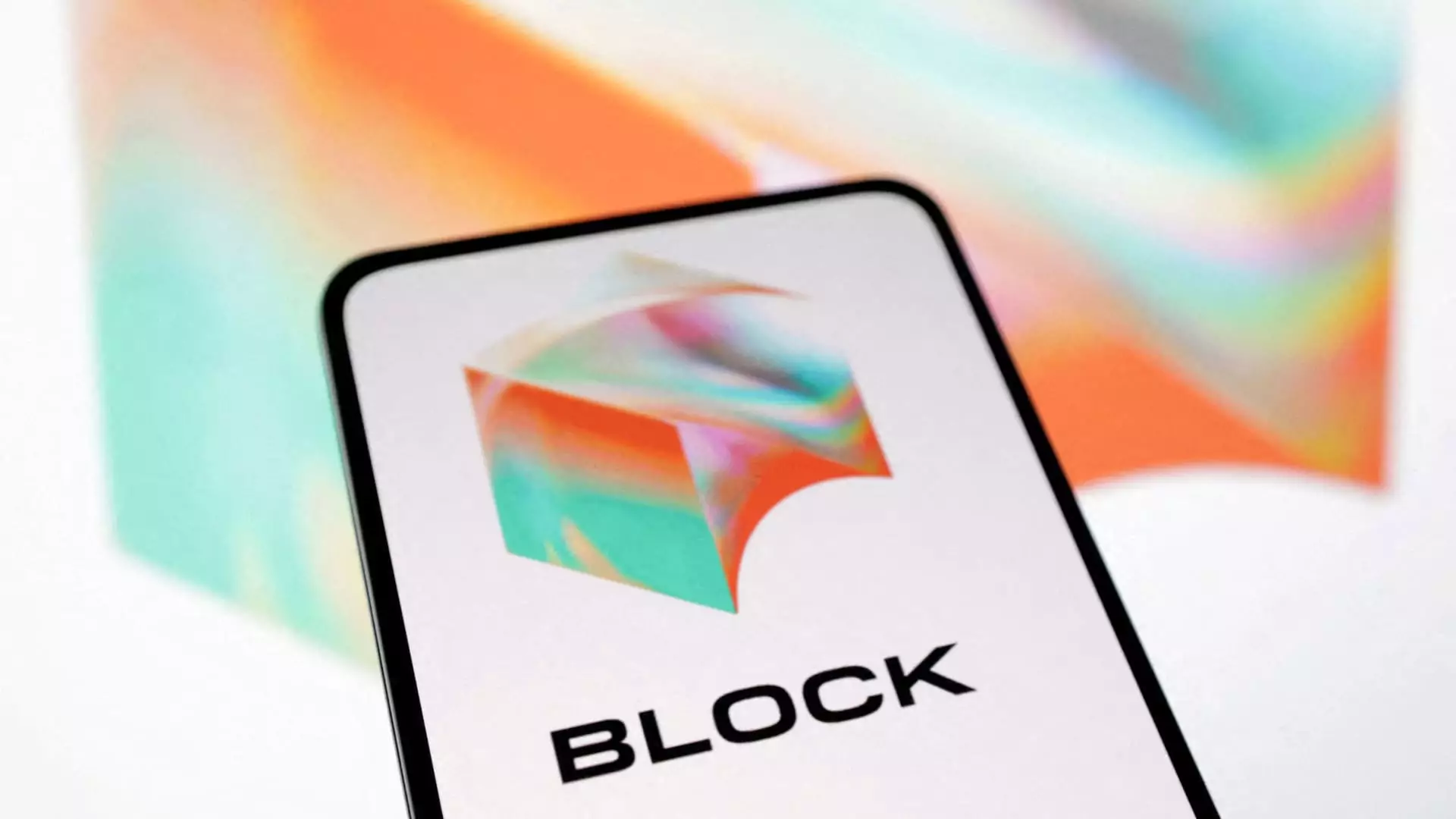In its recent financial disclosures, Block Inc., the payment processing company once recognized as Square, revealed a third-quarter performance that left many investors and analysts with mixed feelings. Although the company’s revenues fell short of Wall Street’s optimistic forecasts, positive profitability metrics, primarily rooted in gross profit growth, initially buoyed investor sentiment and suggest a resilient operational framework.
Block’s third-quarter earnings report highlighted significant discrepancies between actual results and analyst expectations. With adjusted earnings per share hitting 88 cents, slightly surpassing the anticipated 87 cents, the company’s net revenue of $5.98 billion was notably lower than the projected $6.24 billion. At first glance, the stock suffered immediately in after-hours trading, a typical reaction to unmet revenue forecasts. However, the subsequent recovery in stock value demonstrated a more nuanced investor focus on profitability rather than revenue alone. This shift illustrates a growing recognition that profitability metrics often offer a clearer picture of a company’s operational health.
Despite the top-line revenue miss, Block’s gross profit, which surged to $2.25 billion—up 19% from the previous year—underscores a more encouraging aspect of its business model. The shift towards evaluating gross profit as a key performance indicator, as emphasized by Block’s finance chief, Amrita Ahuja, provides a lens through which investors can reassess the company’s fundamentals. The positive earnings growth and improved profitability relative to projections might suggest that the company has been refining its cost structures effectively, a crucial capability in today’s competitive environment.
One of the standout contributors to Block’s overall profitability is its Cash App division, which reported an impressive gross profit of $1.31 billion. This marks a 21% year-over-year increase, aided significantly by a rise in monthly active users of the Cash App Card, which surged by 11% to over 24 million. The Cash App’s continued growth emphasizes the increasing relevance of mobile payment platforms in everyday transactions.
However, while the gross payment volume stood at $62.4 billion, it fell short of the $64.3 billion consensus expectation, pointing to potential areas where the company must innovate or adapt strategies to capture a larger market share. This metric, alongside profitability, can serve as a critical indicator of the service’s acceptance and continued usage among consumers.
Looking forward, analysts are particularly interested in the evolving landscape of Block’s lending products, especially following the acquisition of Afterpay. CEO Jack Dorsey devoted significant portions of the quarterly earnings letter to expounding on how these lending initiatives, particularly Buy Now Pay Later (BNPL) services, position Block as a transformative player in the financial services sector. The goal of integrating Afterpay into Cash App Cards aims to provide consumers with a robust alternative to traditional credit offerings, a move that could enhance user engagement and, importantly, monetization in the long term.
Dorsey’s assurances about utilizing artificial intelligence to refine lending processes signal a strategic pivot towards enhancing operational efficiency and risk management. The projected low loss rates across different lending products bolster confidence that Block can maintain sustainable growth amidst the shifting tides of consumer finance.
Nevertheless, Block has not been immune to challenges; the rollout of cost-cutting measures, including scaling back on investments in Tidal and winding down its Bitcoin-focused initiative, indicates a pivot towards consolidating resources amidst economic uncertainties. Layoffs earlier in the year also suggest that the company is taking proactive steps to streamline operations and preserve financial stability.
Despite these hurdles, Block still maintains a substantial Bitcoin investment, with approximately 8,300 Bitcoin on its balance sheet valued around $630 million as of the quarter’s end. Dorsey’s comments on enhancing Bitcoin accessibility through Cash App reiterate Block’s broader ambitions in the crypto space, an area that remains fraught with volatility but ripe with potential for innovation.
While Block’s third-quarter results present a complicated picture with both pitfalls and promising developments, the company appears strategically positioned to leverage its existing strengths and pursue new growth avenues. As the landscape of digital finance continues its rapid evolution, Block’s adaptability will be crucial in navigating future challenges and capitalizing on emerging opportunities.

